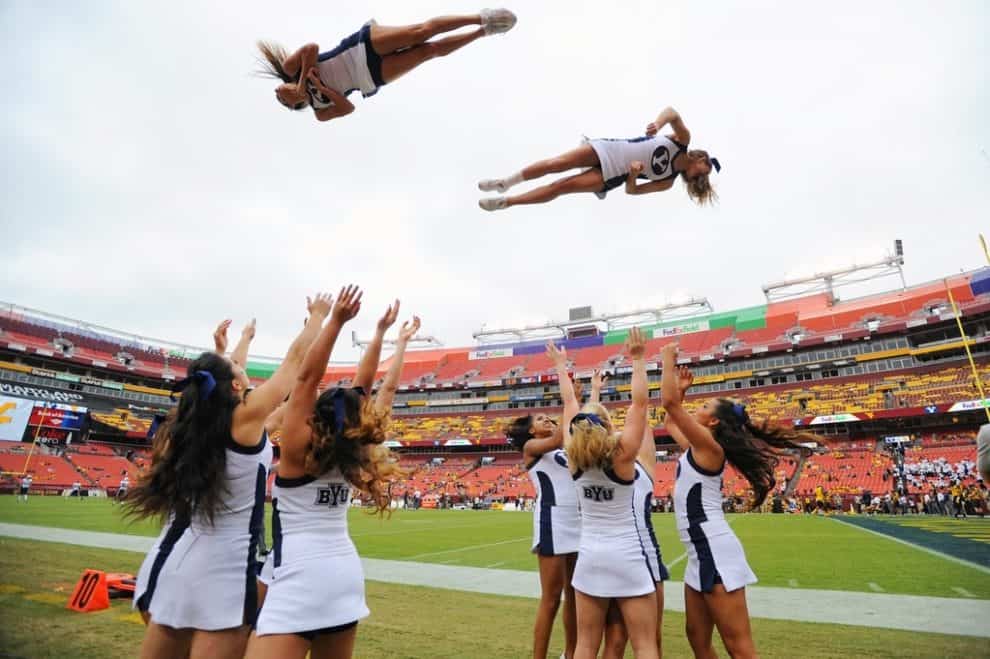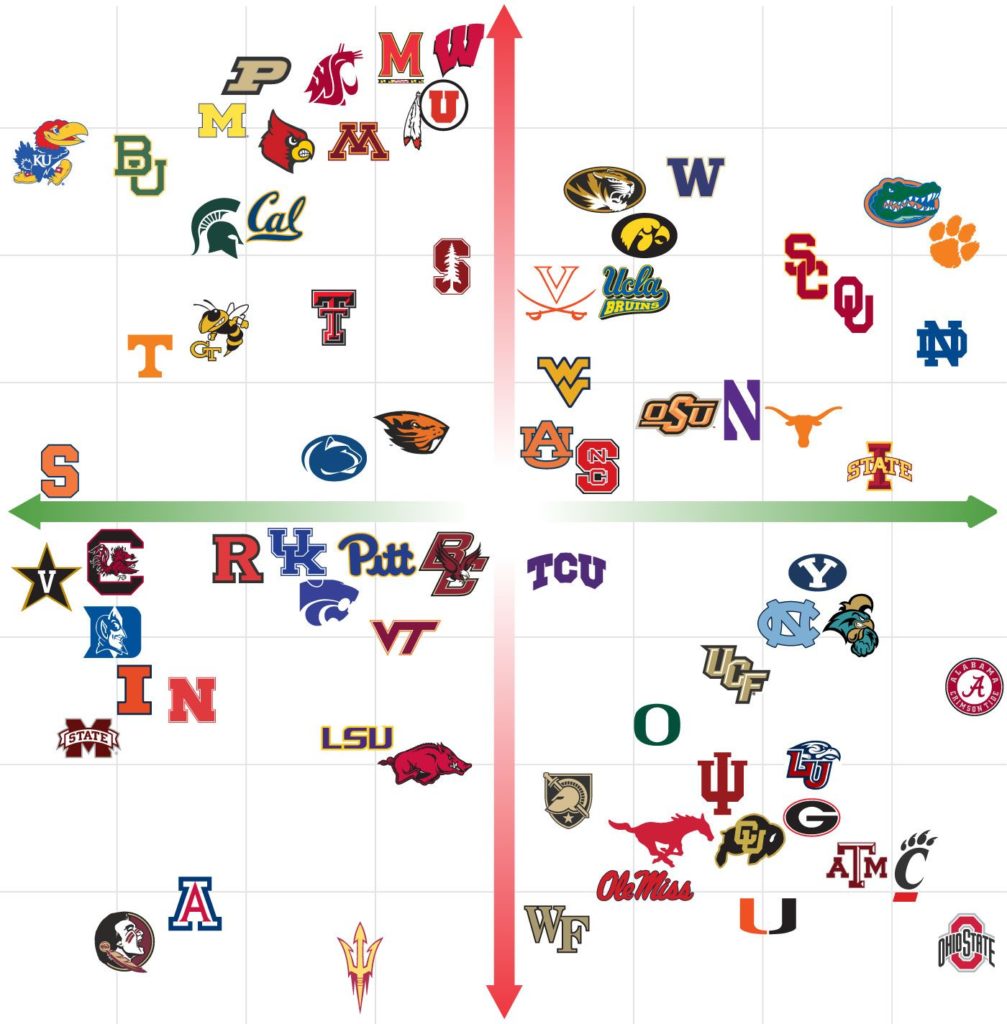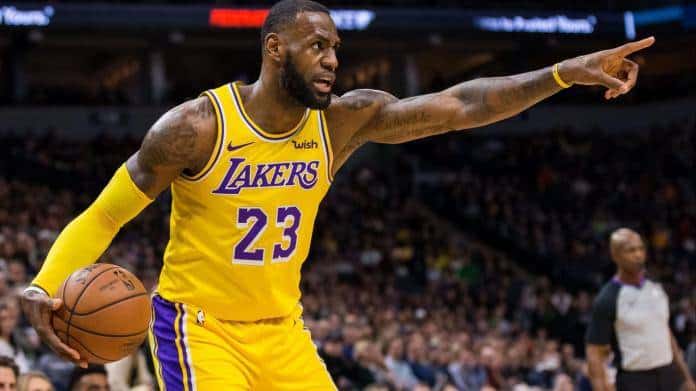
- The CFP is going to go through any number of intellectual contortions to justify the four teams they want qualifying to compete for the National Championship.
- Clemson and Alabama are without a doubt the best two teams in college football. After that, it all depends on what criteria you want to use.
- The CFP will likely opt for the two most ‘lucrative’ options and include Ohio State and Notre Dame.
With a college football season that the Wall Street Journal accurately described as ‘utter chaos’ drawing to a close one of the few orders of business that remain is naming of a national champion. Even during an unprecedented season where the entire sport played fast and loose the cream clearly rose to the top. As has been the case for awhile now, it is obviously that the two best programs in college football are once again Clemson and Alabama. Fortunately for the sport, the Tigers and the Tide will all but certainly square off for the fourth time in the past six years to determine a National Champion. Even if they’re not playing each other, these two programs are a fixture. Alabama has been in the four of the last five National Championship games and so has Clemson.

If the true interest of the CFP was to determine a national champion in a chaotic season the best thing to do would be to just match up Clemson and Alabama. Cancel the two semifinal games with the now familiar buzzwords: “in the interest of the public health of the student-athlete and with the well being of the community in mind the CFP has decided to exercise an abundance of caution and cut the charade that there are any teams that are currently on the same level as Clemson or Alabama. For this season at least. Hopefully the charade can return as usual next year.”
Unfortunately, that’s not going to happen. So which teams *not* named Clemson or Alabama deserve to fill out the remaining two berths in the CFP? Depending on how you want to slice up the criteria you can make a case for ‘none of them or all of them’. If you’re going to admit the obvious–that COVID-19 completely changed everything during the 2020 season–and establish criteria with this in mind you’ll achieve a much different result than you would if you assume that the 2020 season was ‘business as usual’. Do you factor how programs dealt with COVID-19 into the equation? Is the number of cases, infections, cancelled games, etc. *really* something that a program can be held responsible for?
That’s a good question. Today’s Wall Street Journal had a great article that tried to assess the true impact of the COVID-19 pandemic on college football. Here’s their setup:
The coronavirus pandemic turned the 2020 college football season into utter chaos. Covid-19 outbreaks caused teams to shut down for days or weeks at a time, miss games and play without their coaches. Replacement games were scheduled on the fly, sometimes less than 48 hours ahead of time.
How each team dealt with the virus had an impact on how much it played and how often it won. Some teams succeeded despite early-season outbreaks; others saw the virus mangle their depth charts and their championship dreams.
But how the pandemic played out on the field was only semi-visible. For the more than half of major programs that decided against disclosing their Covid-19 testing data, we don’t really know much about how the pandemic affected their gridiron fortunes, if at all.
I generally agree with their position that “struggling through the pandemic is nothing to be ashamed of”. In most years, they compile a ‘grid of shame’ which attempts to measure the ability of each team against their ‘ethical standards’. Actually, I’ll just let them explain it:
WSJ Sports wanted to quantify the havoc inflicted on college football in 2020, and we happened to have a template for measuring this sport’s craziness on an annual basis. In a normal year, our preseason Grid of Shame is a measure of two things: How good is each team? And how ashamed should its fans be about rooting for them, based on scandals, graduation rates, arrests and other factors.
Struggling through the pandemic is nothing to be ashamed of, but our mostly objective ranking matrix is still useful. So this year, we introduce you to the Grid of Chaos—a snapshot of how far off course Covid-19 threw your team’s 2020 campaign.
Here is their grid:

The horizontal axis measures how good each team was through the games of December 12. The WSJ used point differential, total offensive and defensive output, win percentage and overall ranking to arrive at these results.
The vertical axis?
The vertical axis, however, measures how Covid-19 disrupted a team’s season. We considered how many times your team’s weekend plans went up in smoke; what percentage of its scheduled games were actually played; whether your head coach tested positive; how many athletes had Covid-19; and how that compared with the total number of tests conducted by the athletic department.
This axis comes with a catch. If your school is in the top half of the Grid of Chaos, that means it disclosed the data collected from its thrice-weekly—and in some cases daily—athletic department coronavirus testing. If they’re in negative territory, they kept this information under wraps. The further you are from the x-axis, the more disruptions your team dealt with.
So based on this dynamic here’s my suggestions for the teams to make the 2020 CFP field:
CLEMSON
NOTRE DAME
In a typical year, Notre Dame probably doesn’t belong here. They had only one really impressive win all year–over Clemson–but that was without the best player in college football aka Tigers QB Trevor Lawrence. Clemson was also missing a good chunk of their defense. Otherwise, as we’re reminded elsewhere here at SPORTSINSIDER, Notre Dame didn’t exactly play the toughest schedule:
The Irish have only one top 15 win–against Clemson in double OT when starting quarterback Trevor Lawrence was sidelined with COVID-19 along with a number of defensive players. Their other ‘top 15 win’ came against #19 ranked North Carolina. The true status of Notre Dame within the college football pantheon was on display today as Clemson dominated them 34-10. Throw out the Clemson win and the Irish beat only two winning teams besides North Carolina–a pair of 6-5 teams in Pittsburgh and Boston College. Without Clemson, the combined W/L record of Notre Dame’s opponents is 34-60. Kelly’s point about playing 11 games is fair and that alone should give the Irish the edge over Ohio State for a CFP berth even though the Buckeyes are the better team.
True this might be, since we’re factoring the COVID into our analysis Notre Dame gets big points for the way they handled their business as does Clemson. Once again, back to the Wall Street Journal:
The teams that mastered the chaos best were Atlantic Coast Conference power Clemson and its temporary league mate Notre Dame. Both teams dealt with substantial outbreaks—Clemson played without star quarterback Trevor Lawrence in the Tigers’ November loss to the Irish because of a mildly symptomatic Covid case—and somehow rode the top of the polls all autumn.
ALABAMA
As for Ohio State and Alabama?
Alabama and Ohio State may be just as good on the gridiron, but they reside in negative territory because neither team released testing data so we can’t be certain how they addressed the pandemic. Alabama didn’t have many players mysteriously unavailable for games, but coach Nick Saban did test positive on Iron Bowl week.
Of course you can’t have a credible CFP without Alabama. They’re in there. Ohio State, on the other hand, shouldn’t have qualified for their own conference championship game based on the rules established prior to the season. Hard to make a case that Ohio State belongs there with wins over teams with a combined record of 14-19 prior to the Big Ten Championship game. They only beat one team with a winning record–6-1 Indiana–making the combined record of the other teams they beat 8-18. They played in the Big Ten Championship despite 21 positive COVID-19 cases among players.
Assuming the Big Ten doesn’t change their own rules ex post facto to give Ohio State entree into the championship game you either have to evaluate them exclusive from their COVID-19 issues and lack of transparency or factor that in. Either way, you can’t put a team that played so few games in the CFP just because they won them all. If you want to put a team in just because they were undefeated you can make an equally good case for 5-0 USC–or you could have before Oregon beat them in their conference championship game. 11-0 Coastal Carolina deserves to be there just based on their ability to get games in the books–even winning a barnstorming matchup with 10-1 BYU that they had only 48 hours to prepare for. I’d rather see Coastal or even 8-0 Cincinnati in the mix instead of Ohio State.
BYU/COASTAL CAROLINA
If you’re going to throw record, COVID-19 transparency, etc. out the window and just use the ‘eye test’ to pick the final qualifier to join Clemson, Notre Dame and Alabama there are many teams more deserving than Ohio State. 7-1 Texas A&M or a couple of other SEC teams 8-2 Florida and 7-2 Georgia would be a very competitive entrant. If you want to get a team from ‘flyover country’ you could go with 8-2 Iowa State or 7-2 Oklahoma. If you’re dead set against putting a 2 loss team into the mix why not 10-1 BYU who miraculously pulled off an 11 game schedule as an independent. Were it up to me, I’d go with Coastal Carolina. Since they’re apparently dealing with some COVID-19 issues that kept them out of the Sun Belt Championship game if they can’t play throw BYU into the mix. The fact that both schools played–and won–so many games in adverse circumstances makes it all the better.
More than likely, however, the CFP will put Ohio State into the mix for political reasons alone. The Big Ten is a more powerful conference–on and off the field–than Coastal’s Sun Belt circuit. Forget about an independent like BYU. Ohio State’s ‘brand equity’ means it will bring in more money for the Big Ten–the reason they got gifted with the title game in the first place–and for the CFP in the form of higher ratings. Ultimately, it’s all about money–not a surprise, but in a year where everything has supposedly been done ‘with an abundance of caution’ in the interest of the student-athlete and public health you think they could at least pretend otherwise.









